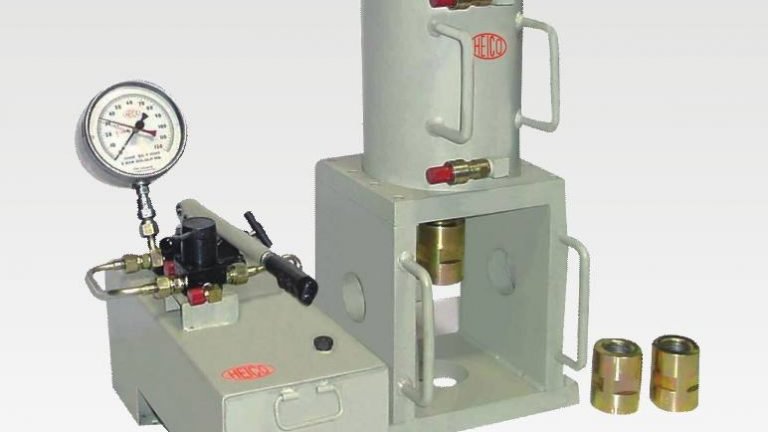Whenever the engineers are planning to build any dams or tunnels, it is very much important to determine the strength of the rock beneath. A weak rock underneath can be very dangerous and it is very much important to determine its strength. If once studied the traits of the rock, the engineers can make their decision whether to continue or not. There are many rock analysis equipment which helps to determine the strength of the rock.
The strong rock will always be better for the long term and is secure. Before starting the construction of costly compositions like airports, dams, roads, tunnels etc., the engineers need to evaluate the toughness of rock and soil to avoid any future disaster. To understand the power of the rock, one should know what type of rock it is and should know its behaviour. Because every rock has its properties and every rock breaks in its way and with different pressure.
It is very much important to understand the strength of rock to avoid any disaster. These disasters can be due to earthquakes, landslides, tsunamis etc. Such disasters can be avoided by the engineers if they are successful to understand the attribute of the rock. Every rock reacts differently when any pressure comes on it. Some rocks break easier than others. It depends upon the rock’s texture, type, size etc. So to know about the rocks, the engineers seek the help of the rock testing equipment to know the characteristics. They drill the rock to collect the pieces for testing it with various types of equipment and methods.
Every rock has its traits and belongs to different families. Following points will help us to understand the types of rocks:
- Sedimentary rock- These are the small parts of the rocks which break due to weathering and erosion. Weathering means how the rock breaks and comes together with air and water. On the other hand, erosion means breaking of the rocks and washing away from one place to another. Due to weathering and erosion, these small parts of rocks come together and form a layer on the earth’s surface. The sediments hold each other and form a rock. Eventually, other sediments come together and form themselves as a layer on the previous rock. This overlaying process is the trait of sedimentary rock.
- Igneous rock- These rocks are formed when the former rock gets softens from heat or pressure. When this melted rock gets cool, it forms itself into a hard rock called igneous rock. Igneous is a Latin word which means fire.
- Metamorphic rock- Heat and pressure will change the molecule of the rock and that will turn it into a different rock. This depends upon the rock from which it has been formulated.
Every rock has its properties and characteristics and these can be checked with the help of testing equipment. There are many rock testing lab equipment helping out to know about the rock. A strong rock will always try to keep natural disasters away. We cannot avoid them but we can decrease the level of damage by proper constructions and focusing on the details.




